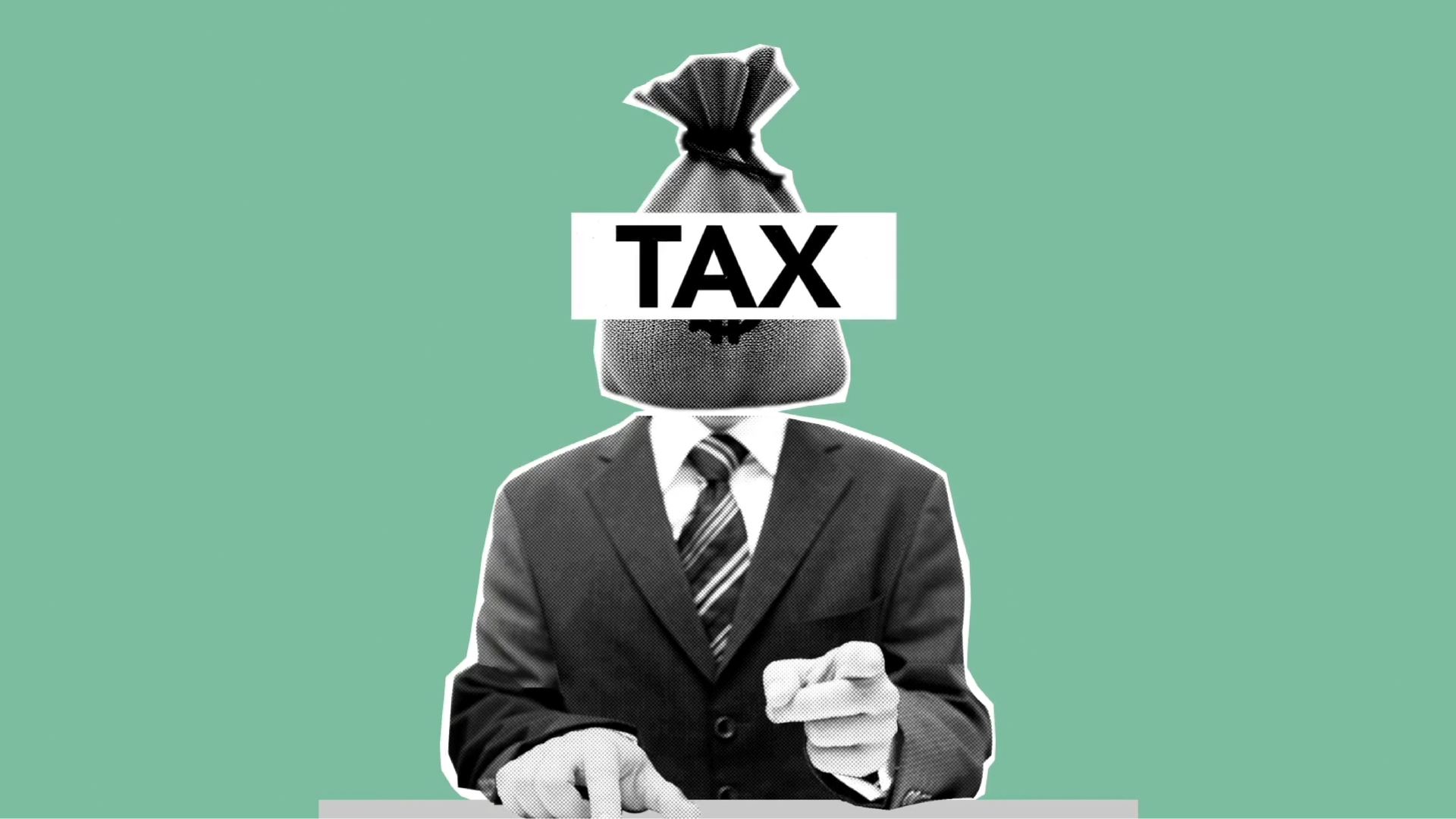Employee benefit plan audits
Employee benefit plan audits are an important part of maintaining a comprehensive benefits program. When carried out properly, they can help ensure that the program is providing the right level of coverage and protecting the interests of employees. An audit will also help employers maintain compliance with applicable laws and regulations. Knowing the process and the scope of an audit can help employers prepare and respond appropriately.
The Audit Process
The audit process starts with the selection of an auditor. The auditor must be a professional with experience in employee benefit plan audits. It is important to select an auditor who is knowledgeable and familiar with the plan’s specific requirements. The auditor will also perform a review of the plan’s documents and records to determine if the plan is compliant with applicable laws and regulations.
Overview of Benefits
Employers should be aware of the different types of available benefits and their associated costs. These benefits can include health insurance, retirement plans, disability insurance, life insurance, and other types of coverage. The cost of these benefits can vary depending on the type and level of coverage, so employers should be familiar with the costs associated with each type of benefit.
Preparing for an Employee Benefit Plan Audit
Before an audit can begin, employers must gather essential documents. These documents should include the plan’s Summary Plan Description, plan documents, provider agreements, and any other relevant documents. Employers should also establish internal controls to ensure that the plan is being administered properly. This can include setting up procedures for the distribution of plan documents, conducting regular reviews of the plan, and ensuring that all required information is being reported accurately.
Reviewing Policies and Procedures
Employers should also review their policies and procedures to ensure compliance with the plan. This may include reviewing the plan’s eligibility requirements, how contributions are made, and how benefits are administered. Employers should also ensure that they are following the plan’s disclosure requirements and providing employees with the necessary information to understand their benefits.
During an Employee Benefit Plan Audit
Once the audit is underway, the auditor will need to understand the scope of the audit. The auditor will need to determine which documents and records need to be reviewed and which procedures need to be performed. The auditor will also need to design audit procedures to ensure that the plan is being administered in accordance with applicable laws and regulations.
Analyzing Results
After the audit is complete, the auditor will analyze the results and prepare a report. The report will provide an overview of the audit findings and recommendations for corrective action. The auditor may also recommend changes to the plan’s policies and procedures if necessary.
Making Corrections as Necessary
Once the audit is complete, employers should address any areas that need corrective action. This may include implementing changes to the plan’s policies and procedures, making corrections to the plan documents, or making changes to the plan’s administration.
Maintaining Documentation
Employers should maintain all documents related to the audit, such as the auditor’s report, the plan documents, and the plan’s Summary Plan Description. This will help ensure that the plan is being administered in accordance with applicable laws and regulations.
Implementing Controls
Once any corrective action has been taken, employers should implement internal controls to ensure that the plan is being administered properly. This may include setting up procedures for the distribution of plan documents, conducting regular reviews of the plan, and ensuring that all required information is being reported accurately.
Conclusion
Employee benefit plan audits are an important part of maintaining a comprehensive benefits program. Knowing the process and the scope of an audit can help employers prepare and respond appropriately. By understanding the importance of the audit process and taking the necessary steps to ensure compliance, employers can ensure that their employee benefit plan is providing the right level of coverage and protecting the interests of their employees.
Contact us today, at Cartier CPA's our goal is to provide clients with the highest level of respect and quality of service.
New Paragraph










